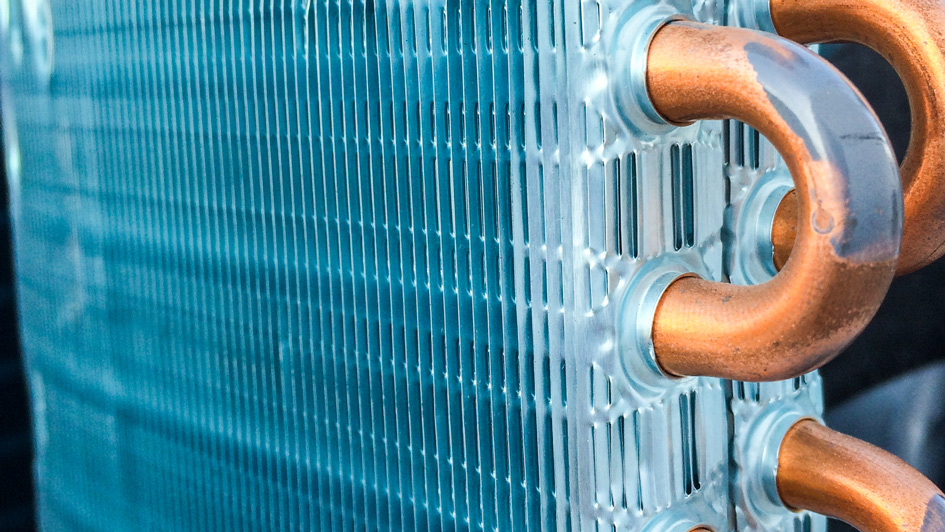
A furnace is often a background player at home, keeping you warm during the cold winter months. It frequently doesn’t get noticed until something goes wrong.
One root cause could be that your furnace has a cracked heat exchanger. It can potentially be hazardous, so it’s worthwhile to learn the evidence of a cracked heat exchanger and what to do if you suspect that might be the problem.
What Is a Heat Exchanger in a Furnace?
A heat exchanger helps transition heat from the combustion chamber in your furnace to the air that flows throughout the air ducts. It typically handles this through coils or tubes that heat the air while functioning as a barrier to keep gas formed in the combustion chamber, called flue gasses, from escaping out into your home.
Is a Cracked Heat Exchanger Dangerous?
Because of its central role, it shouldn't come as a surprise that a damaged heat exchanger can be very dangerous. Cracks in the heat exchanger can permit dangerous gasses – like carbon monoxide, which can be lethal – to flow across your home.
For this reason, do NOT turn on your heater if you suspect there's a crack in the heat exchanger, as letting it run could make the whole family sick. Call an HVAC professional right away if you think your furnace has a cracked heat exchanger that should be repaired.
Four Warning Signs of a Cracked Heat Exchanger:
- Furnace turns off: Cracks in the heat exchanger can cause your furnace to turn off.
- Strange Smells: If the air coming out of your furnace has a strong chemical smell, it might be an indicator that gasses are slipping through cracks in your heat exchanger. These gasses, which will often smell like formaldehyde, are a major warning sign.
- Carbon monoxide alarm is triggered or you notice symptoms of poisoning: If a cracked heat exchanger is releasing carbon monoxide into your home, your carbon monoxide alarm could go off or household members could start experiencing signs of carbon monoxide poisoning. Complications include headaches, dizziness, weakness, nausea, vomiting or feeling drowsy. If the alarm goes off or you feel unwell, leave the home as soon as you can and then call for help.
- Soot: If you spot black sooty accumulating on the exterior of your furnace, it’s another sign something may be seriously wrong.
What You Should Do if the Furnace Heat Exchanger is Cracked
If you believe your furnace has a cracked heat exchanger, contact a pro well versed in furnace installation Alliance as soon as possible so they can examine your system and, if necessary, start a furnace heat exchanger replacement. Costs should fluctuate depending on the situation, but estimates often hover around $1,000 to $3,000.
However, the good news is that heat exchangers are generally covered by the warranty. You’ll want to confirm the warranty paperwork on your furnace, because while the warranty won't always cover the entire cost of repairs, it can significantly lower your bill.
How to Avoid a Cracked Heat Exchanger in Your Home
One of the most convenient ways to avoid problems in your furnace overall is through consistent furnace maintenance. Furnaces provide the best possible return on investment when they work efficiently. Calling a skilled professional to inspect your furnace for broken-down parts, dirty filters and other potential problems can keep you from getting a big bill later on.
It’s also a good idea to inspect your furnace filters every few months – it’s encouraged some filters be changed every 90 days or sooner if they are dirty or grimy. While the filters are not part of the heat exchanger itself, the strain of dragging air through a clogged filter makes the entire furnace work longer to do its job. And the harder your furnace has to work, the more strain pieces like the heat exchanger will experience.
